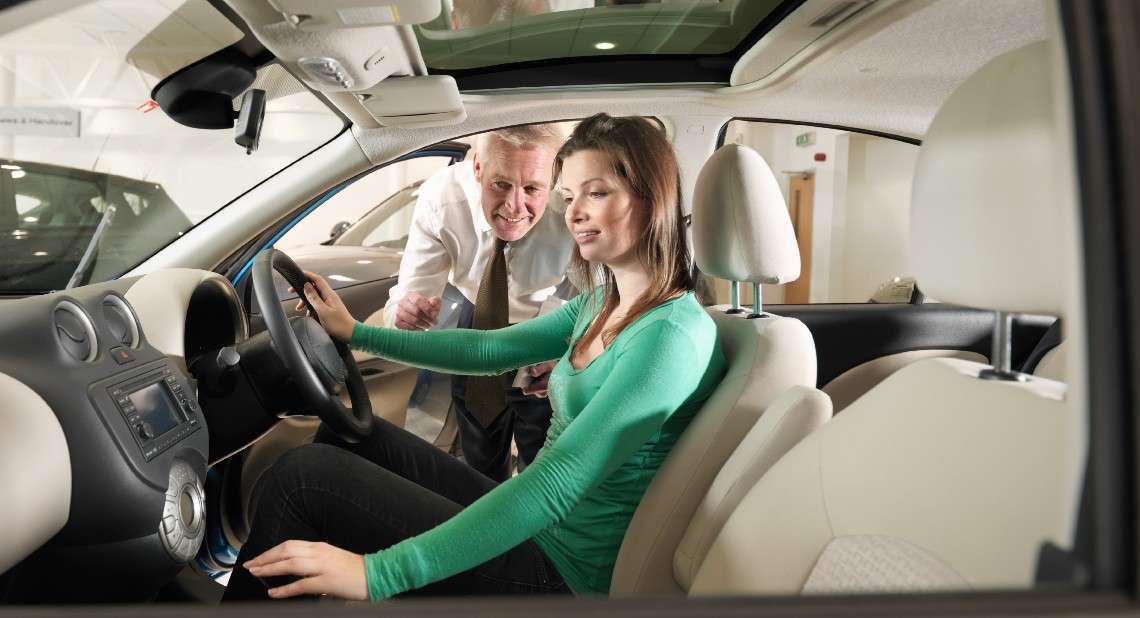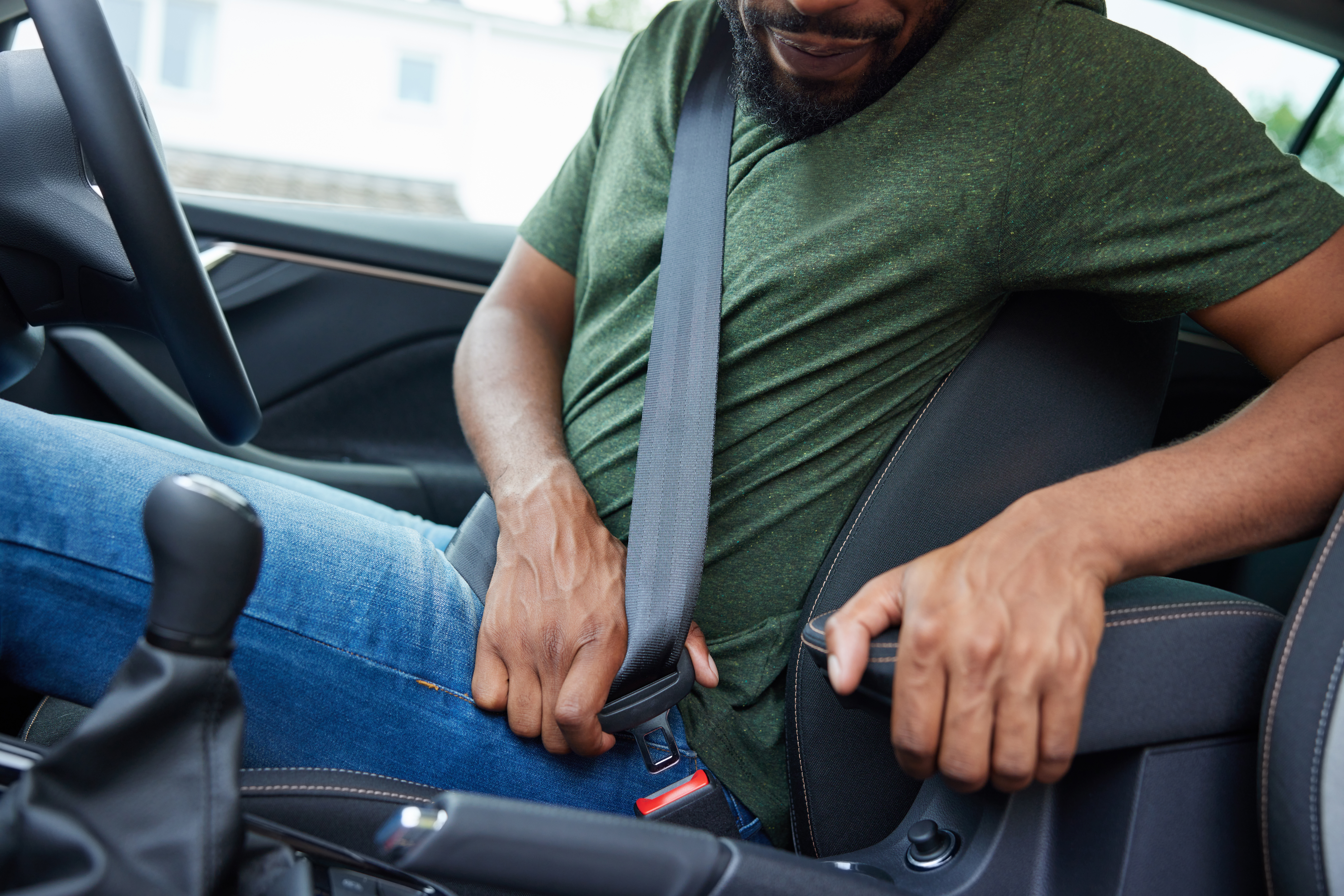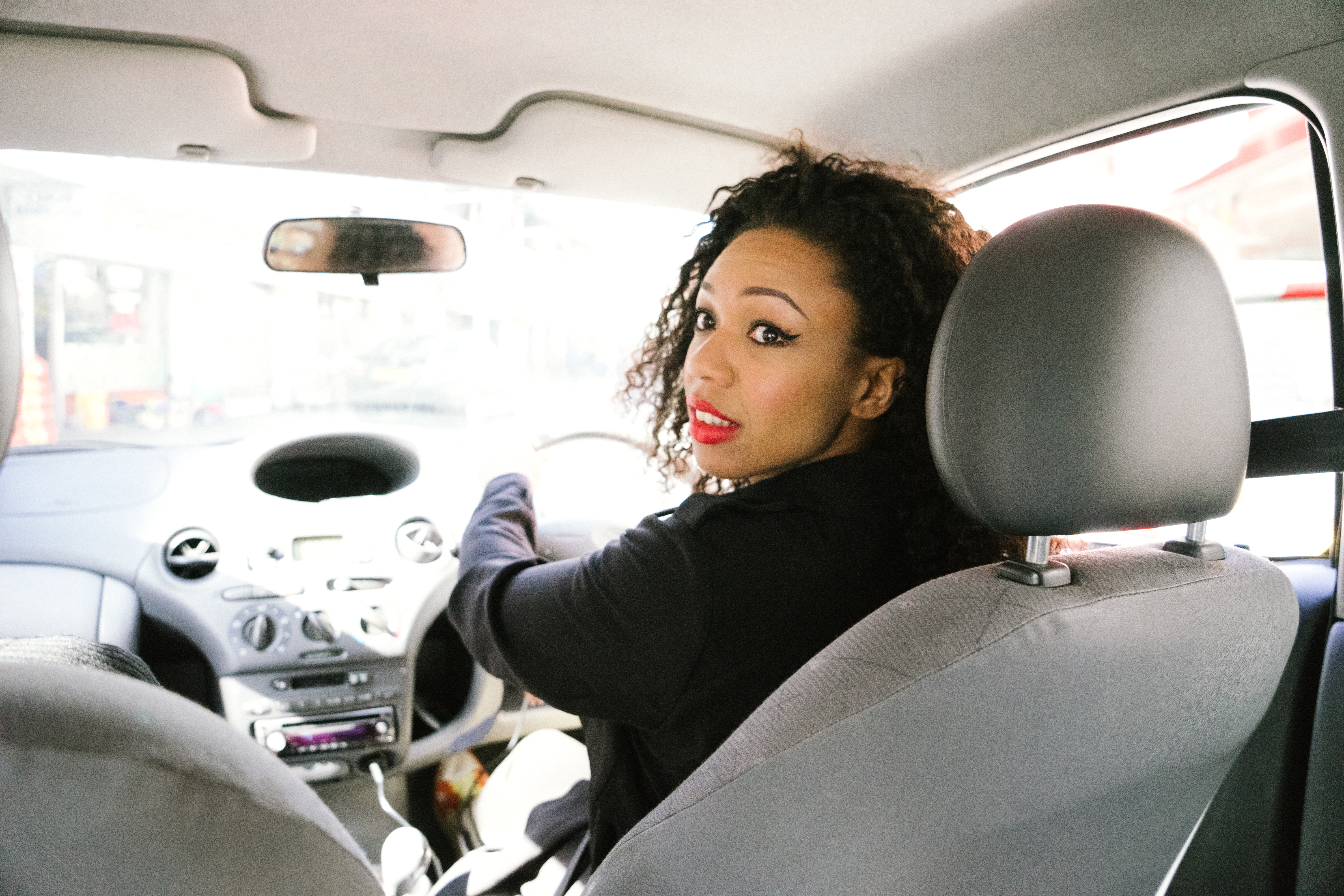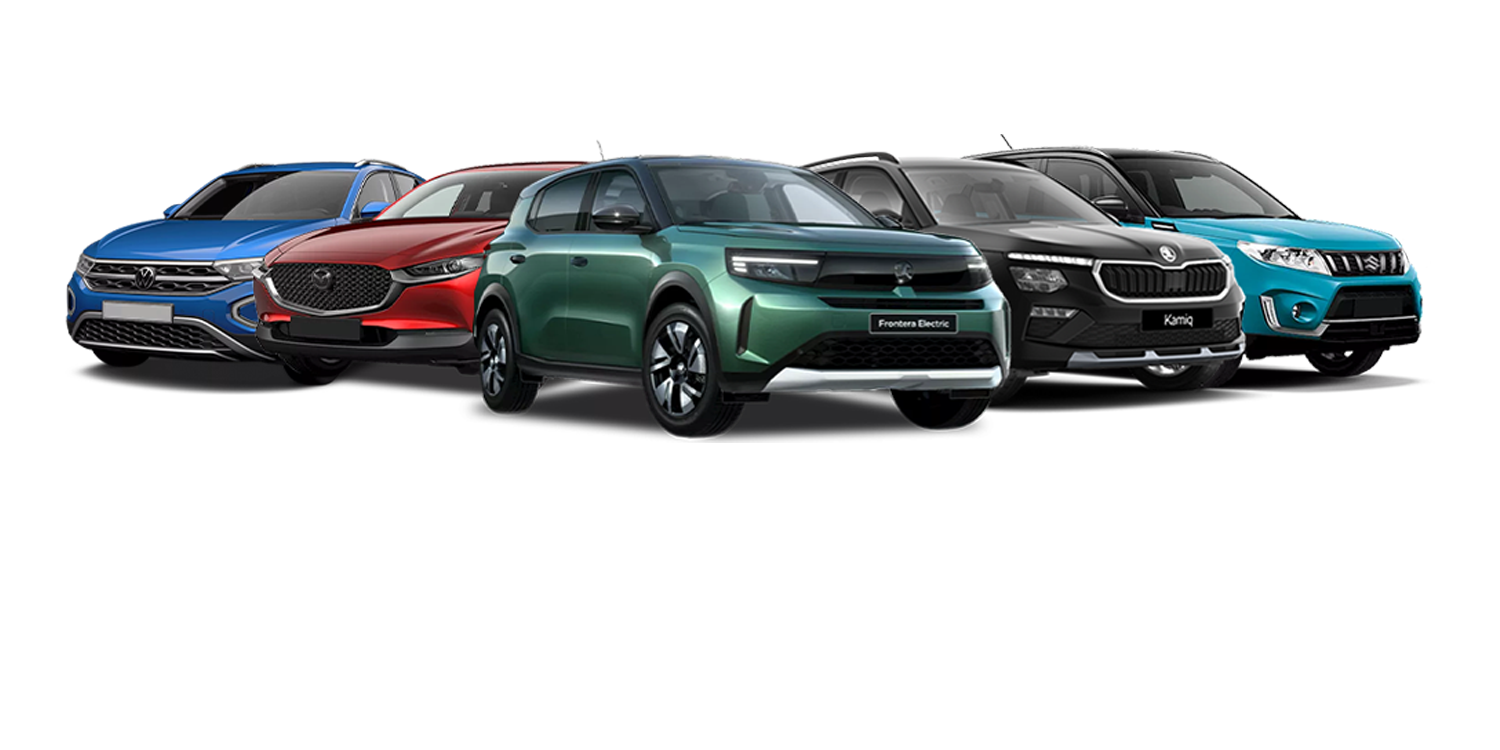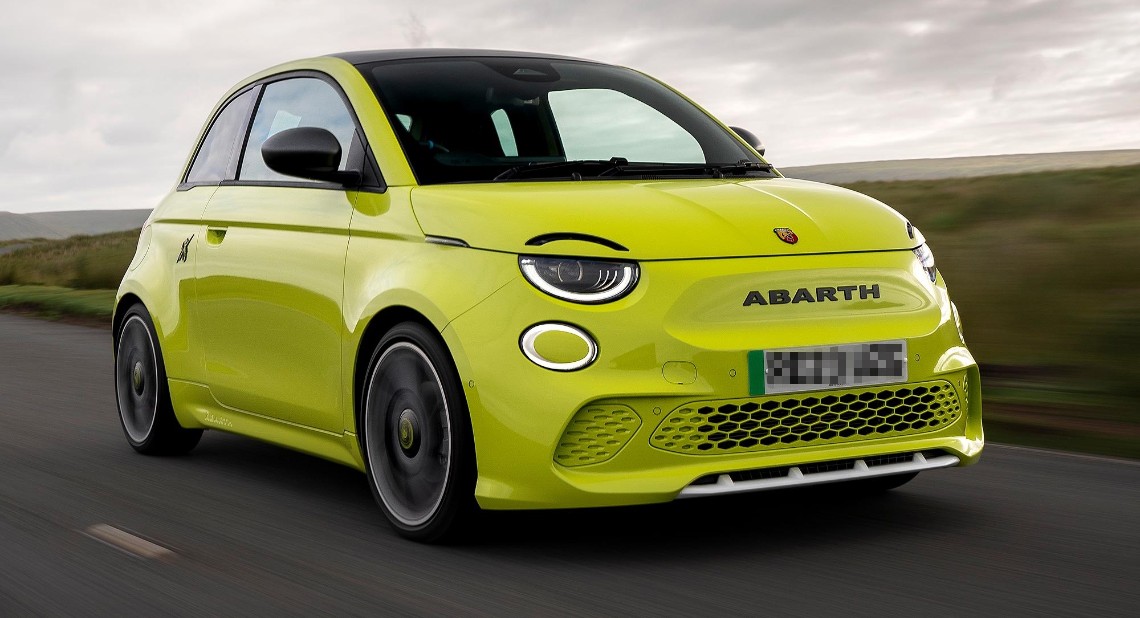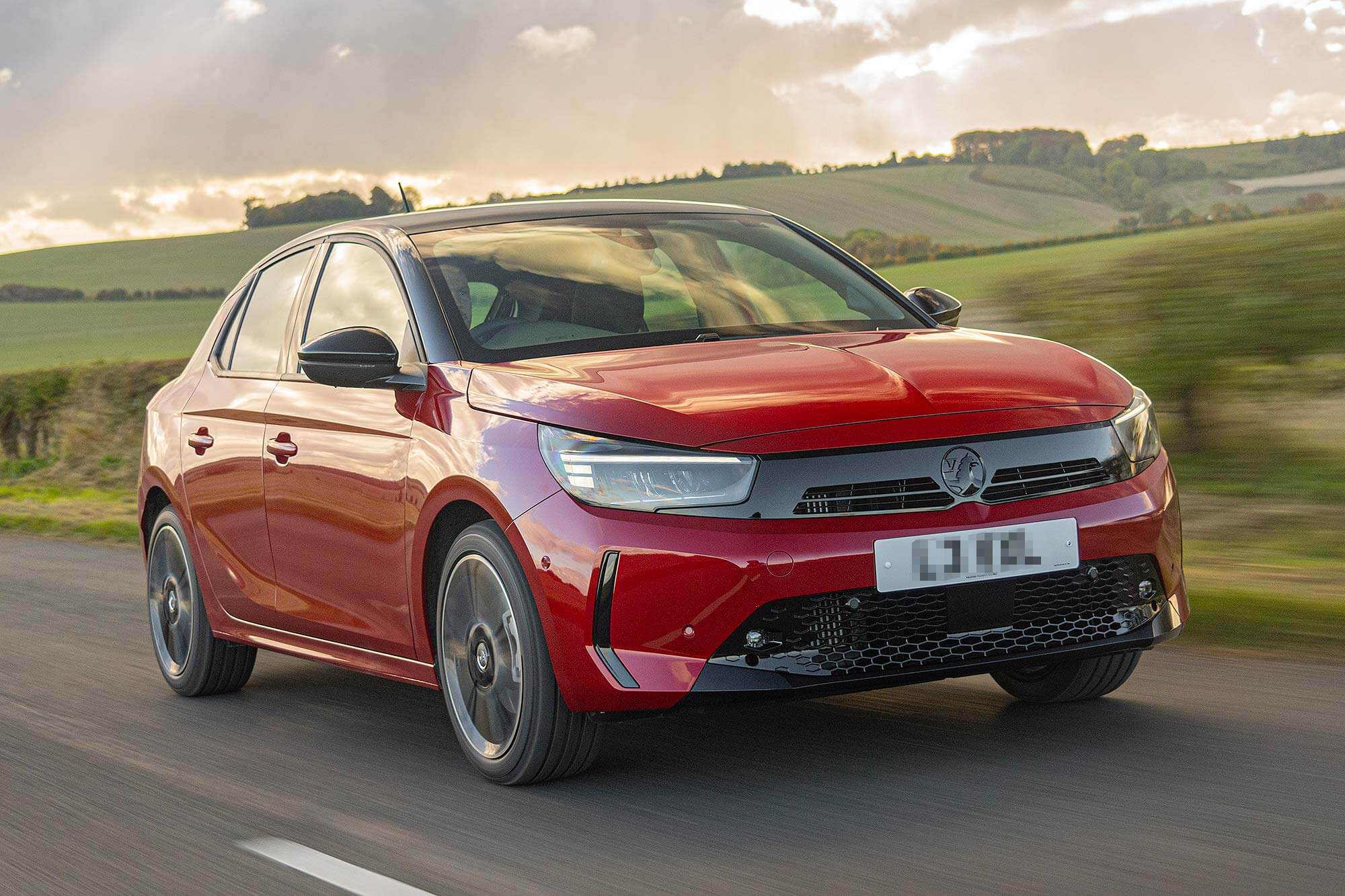Getting a new car on the Motability Scheme? Take a look at these four top tips to help you feel comfortable in your new vehicle.
We all love the excitement of getting a new car, but it’s important to understand all of its features before heading off on your first drive. The amount of technology in a car continues to increase, and your new car might be different to the ones you have used before, especially if you are switching to an electric vehicle. Even simple things like which side the indicator stalk is on or how the headlights work might be new.
As a Motability Scheme customer, you can enjoy the benefits of leasing a brand-new car every three years. If you decide to switch models and try something new, we’ve got some top tips on how to get used to your new car.
Tips for getting used to a new car:
- Make sure the driver’s seat is comfortable
- Understand the car tech that’s available
- Remember that it might feel different in the beginning
- Take the time to get used to your new vehicle
1. How to get comfortable in the driver’s seat
The first thing to do when you get a new car is to make sure you’re comfortable in the driver’s seat (if you’re driving the vehicle, of course). Different cars have their own ways to adjust the seat using manual levers or electronic buttons, so that you can find your perfect driving position.
You might already remember how to do this, if you did a test drive before you ordered the car, but if you need a refresher you can always ask your dealer or refer back to the car’s handbook.
Some cars allow you to slide the seatbelt anchor up or down to ensure that it fits you comfortably, but for other cars you may rely on the seat adjustment to be sure the belt fits properly.
You may also need to adjust the steering wheel too, so that when you’re seated your arms are slightly bent, and you can easily reach the indicator and wiper stalks.
The next thing is to adjust all your mirrors, so you have the best visibility around the car when you are on the road.
Top tip: If you have any driving adaptations, make sure you try them all out so that you know where the controls are, how they operate and what adjustments you might need to make.
2. Learn how the car technology works
Before heading out in your new car, it’s important to know how to use the technology, from simple things like remote controls on the steering wheel to the touchscreen infotainment system that is in most new cars.
It’s well worth sitting in the car in your driveway for a few minutes to see how everything works, so you don’t get caught out when you are on the road. You can plug in your phone or pair it with Bluetooth, and set up any music streaming services so you can enjoy your favourite tunes on the road. You can also explore the various menus on your infotainment screen, so you know where everything is.
You can also go into the vehicle settings menu so you can adjust any settings you might want to use – for example, the climate controls or the sat-nav.
It’s also a good idea to scroll through things using the remote buttons on the steering wheel. These help you remain focused on driving and can be easier to use than a touchscreen. You might also find the cruise control buttons here, and it’s worth understanding what the system can do for you, especially if it’s Adaptive Cruise Control which maintains the speed and distance relative to the car ahead of you.
If you aren’t sure about any of the tech in your new car, be sure to have a look at the manual. Some cars don’t have a physical book anymore, but you might find the manual on the car’s touchscreen or even on the manufacturer’s website, so make sure to check before you head out.
3. Remember that it will feel different at first
The stereo is working, your phone is all hooked up, and the seating position is comfortable – now it’s time to hit the road. Although you should always be driving carefully, this is even more important when you take a new car out for the first few times. A new vehicle can feel different and could well respond differently, especially if you are switching from a manual to an automatic or if you’re driving an electric car for the first time.
It might be useful to find an empty car park or drive around local roads you know well with a friend or relative to get used to the car. Even the basics like the handbrake, position of the gears or how the clutch and brakes feel can be different, so take your time and get used to them all.
Try reverse parking, especially if you have new safety technology to help, like reversing cameras or a ‘self-parking’ system. Your first drive will also help make any other adjustments to things like the mirrors, so you have the best visibility when you are out on the road.
If you are driving an electric car for the first time, then the experience might feel very different to what you have driven before. The power is more instantaneous, especially if you’re used to driving a manual car, so be cautious the first few times you drive. You may also notice that it is much quieter than you are used to. This is because the electric motor that powers the car is very quiet, unlike the combustion engine in a petrol or diesel car. You’ll also need to understand how to charge it, and you can find more information on that here.
4. Enjoy your car but give it time
Taking some time to get to know your car will not only be safer, but it will also allow you to enjoy it more too. New engines don’t really need ‘breaking in’ these days, so you don’t have to worry about that, but it is important to understand how a new car drives and how the various controls differ from your previous car. Technology varies between different makes and models, so it’s important to understand what features your car has and how they will work best for you. It’s unlikely that you’ll use all the technology straight away, so if it feels a bit overwhelming, just start by getting to grips with the basic things you’ll use on your regular drives.
Interested in joining the Scheme?
About the Scheme
The Motability Scheme offers an all-inclusive package. If you are in receipt of a qualifying mobility allowance you can use it to lease a car, scooter, powered wheelchair or Wheelchair Accessible Vehicle. The Scheme provides flexible and hassle-free access to a brand new, reliable vehicle of your choice. As well as a great choice of cars, we also provide a wide range of Wheelchair Accessible Vehicles, scooters and powered wheelchairs.
Eligibility
To join the Scheme, you must be in receipt of one of the following mobility allowances:
- Enhanced Rate of the Mobility Component of Personal Independence Payment (PIP)
- Higher Rate Mobility Component of Disability Living Allowance (DLA)
- Higher Rate Mobility Component of Child Disability Payment – Scotland
- War Pensioners’ Mobility Supplement (WPMS)
- Armed Forces Independence Payment (AFIP)
You can easily check whether you’re eligible to join the Motability Scheme by using our eligibility checker tool.
Related articles
Parking tips for Blue Badge holders
Expert car picks from the new Motability Scheme price guide
Electric cars available on the Motability Scheme
![]()
